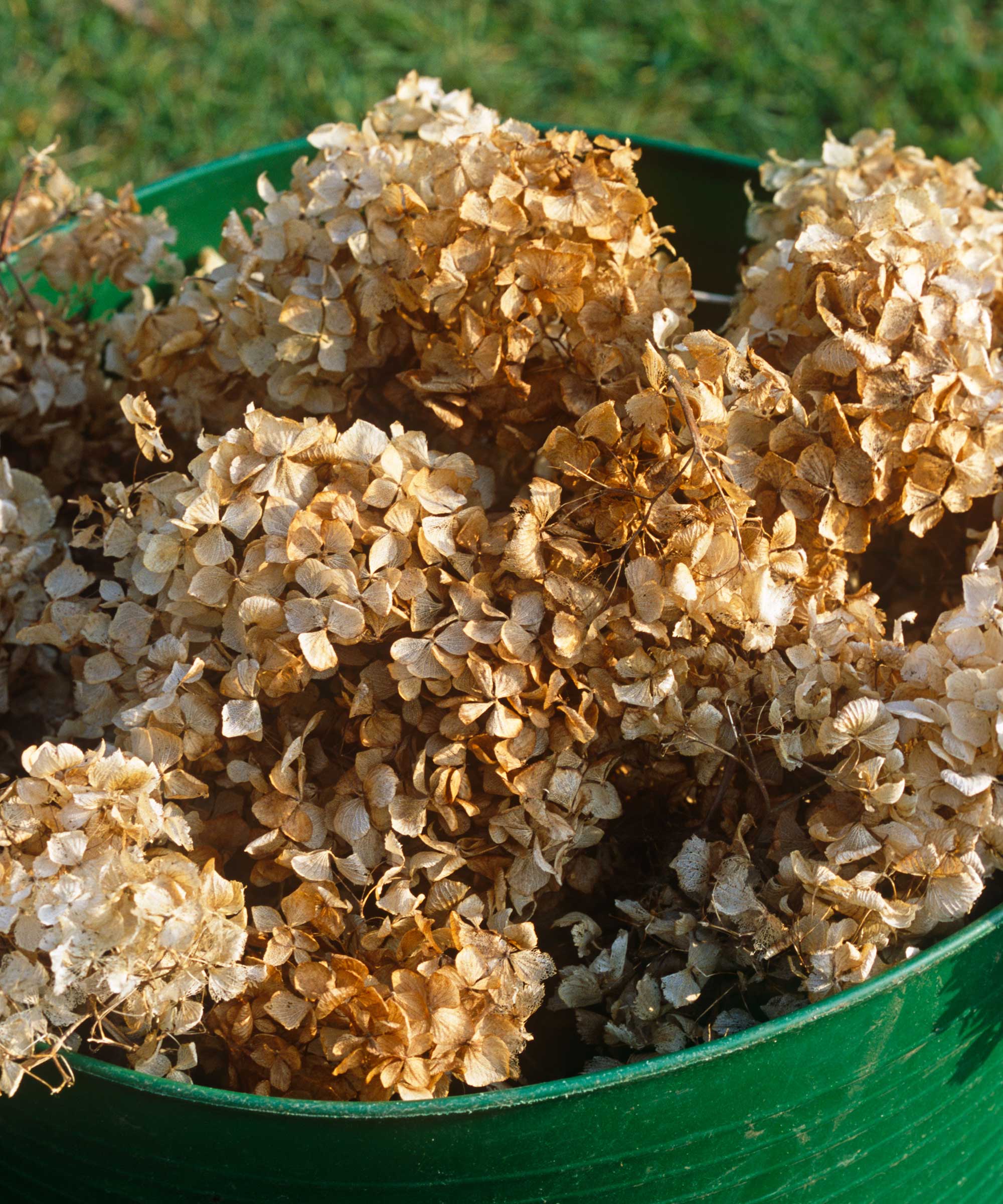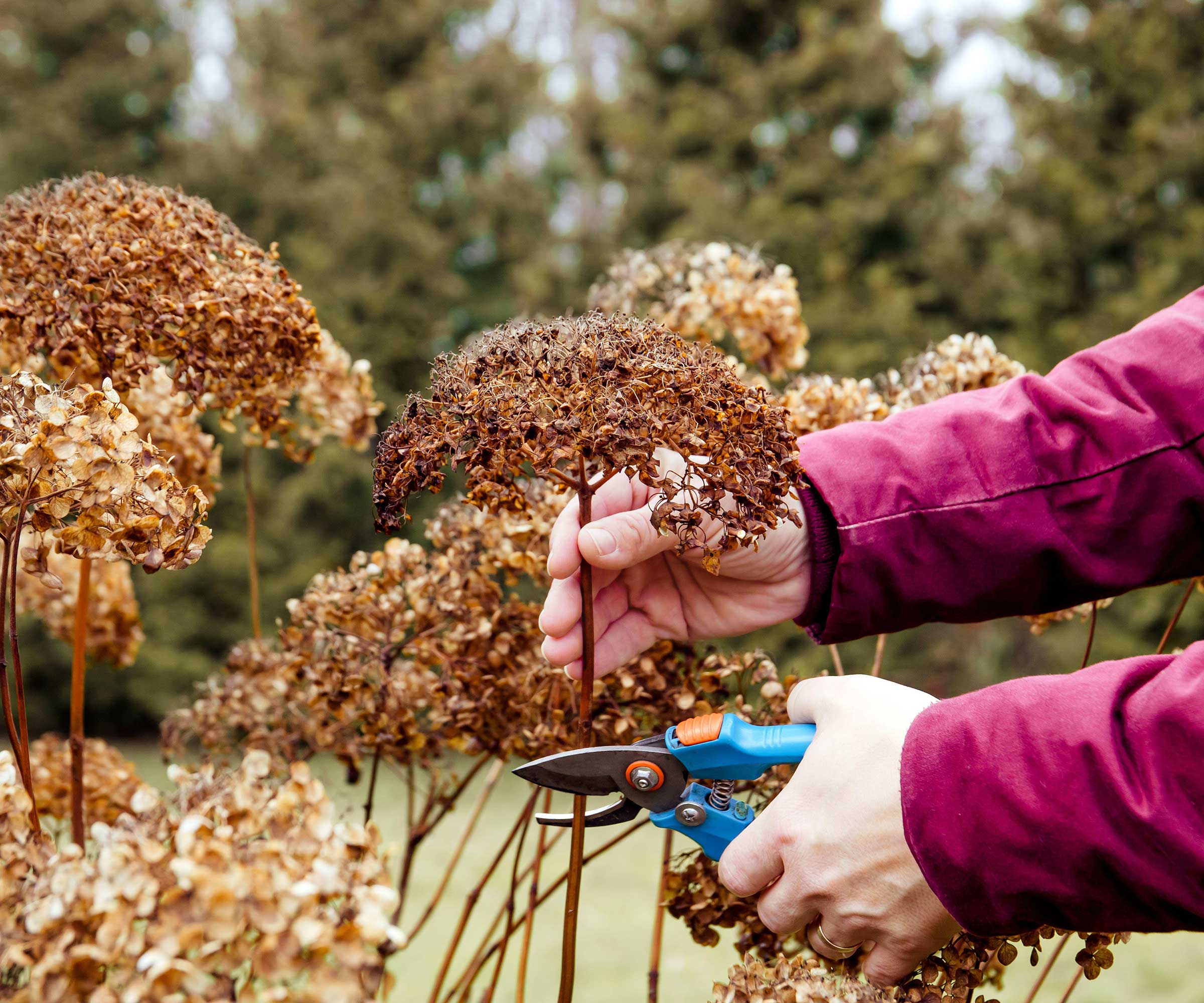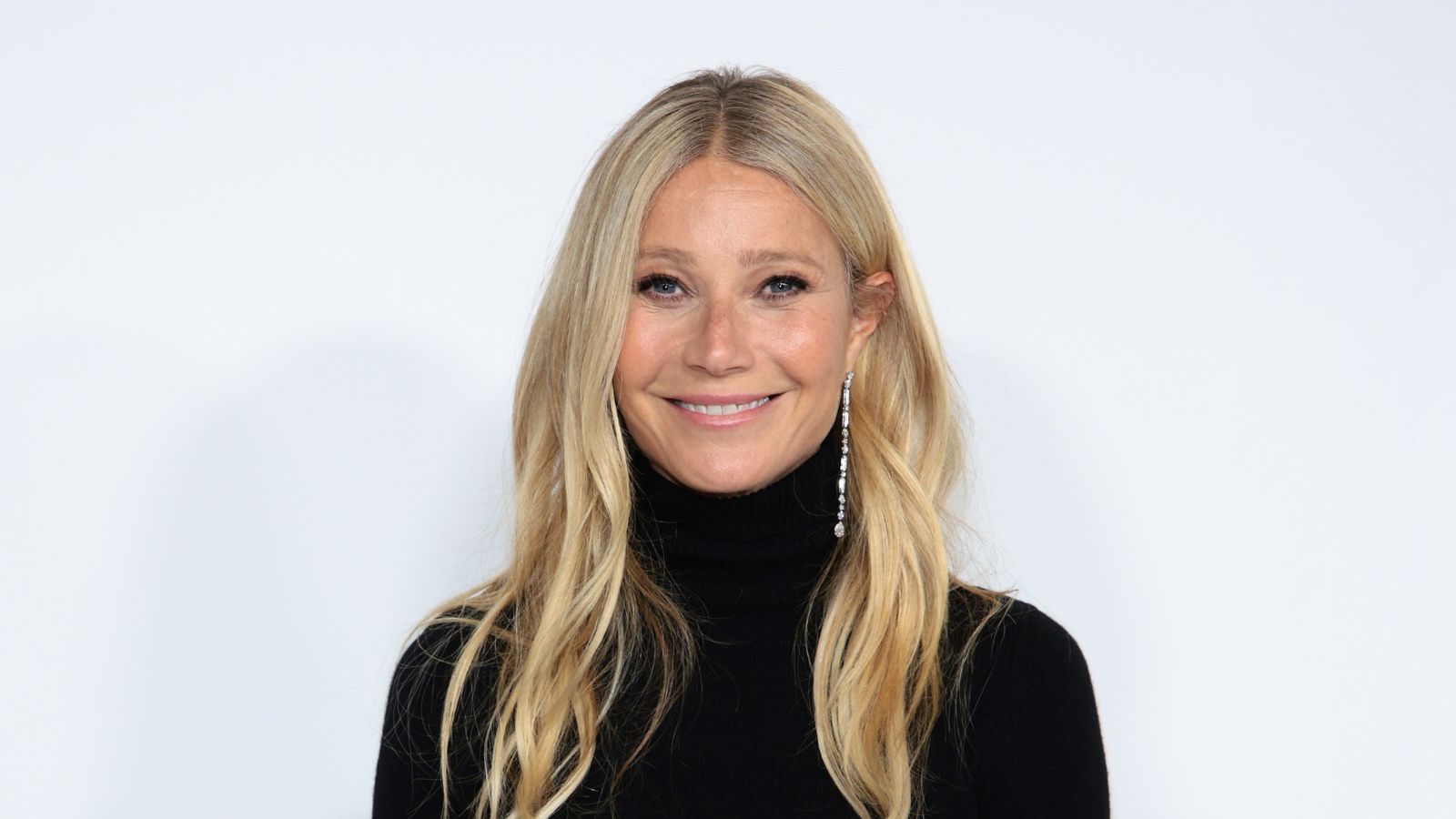When and how to deadhead hydrangeas – expert advice for these popular plants
Deadheading neatens up the appearance of these flowering shrubs, but for the best results, it's important to use the right method at the right time


Hydrangeas are some of the most beautiful garden shrubs with their blooms brightening up any garden with ease. But once the flowers start to fade, you may wonder what to do with them: should you cut them off, or leave them be?
Although not crucial, trimming the spent blooms from these flowering shrubs, otherwise known as deadheading, can have its benefits. 'Deadheading hydrangeas can help encourage new blooms on your plant and keep the hydrangea looking fresh and beautiful,' says Anna Eklöv, plant expert and founder of LÖV Flowers.
However, there are some dos and don'ts when carrying out this garden task – deadheading at the wrong time and in the wrong way can do more harm than good.

Deadheading these shrubs keeps them looking fresh
How to deadhead your hydrangeas
Unlike pruning hydrangeas, where you remove large parts of the plant to either shape or maintain the plant's size, or remove dead or diseased wood, deadheading involves only removing the spent flowers. By removing the dying blooms, you allow the plant to put its energy into root and bud development, rather than producing seeds. This, in turn, allows the plant to grow stronger.
Start with a pair of sharp pruning shears – such as these Gonicc ones from Amazon – and locate a dying or dead bloom. These are distinguishable by their faded, brown color and wilted appearance. 'Always use good, sharp secateurs which are disinfected regularly to prevent infection entering the cut stem,' advises Angela Slater, a gardening expert at Hayes Garden World.
'To deadhead hydrangeas, take each flower that’s on its way out and follow the stem down to the next set of large leaves,' instructs Anna. You should see tiny buds in the crease between the stem and the leaf, she says. Cut the stem about half an inch above the new buds – removing these would stop them from developing into new flowers.

Old hydrangea flowers can be removed the following spring
When to deadhead hydrangeas
‘Deadheading can be done either right after flowering, late winter at the end of the season, or early spring before the next season begins,’ says Rachel Crow, a garden expert from Homes & Gardens.
Deadheading your hydrangeas frequently throughout the growing season will keep the plant neat and preserve the plant's energy to create new blooms. 'If you can’t stand having the hydrangea looking past its best, all you need to do is cut off the spent blooms at the next pair of leaves down the stem,' says Angela.
However, in colder climates, it's worth keeping the final flush of flowers intact. You can deadhead throughout the blooming season, but stop deadheading the shrubs around mid to late fall, recommends Anna Eklöv of LÖV Flowers. By leaving these blooms in situ, they will help to protect the new buds beneath from winter frosts. Plus, they provide architectural interest to the winter garden.
In this case, Angela recommends that gardeners cut the heads off in late spring when there is less chance of a late sharp frost. If a cold snap is forecast when the heads have been cut off and the new shoots have appeared, just throw a sheet of horticultural fleece, an old net curtain, or an old sheet over the plant to protect the plants from frost, she adds.
Sign up to the Homes & Gardens newsletter
Design expertise in your inbox – from inspiring decorating ideas and beautiful celebrity homes to practical gardening advice and shopping round-ups.

Chiana has been at Homes & Gardens for two years and is our resident 'queen' of non-toxic living. She spends most of her time producing content for the Solved section of the website, helping readers get the most out of their homes through clever decluttering, cleaning, and tidying tips. She was named one of Fixr's top home improvement journalists in 2024.
-
 Gwyneth Paltrow's quiet luxury kitchen is so beautiful, we almost overlooked her ultra-smart cabinets – they make the use of 'every inch' of storage space
Gwyneth Paltrow's quiet luxury kitchen is so beautiful, we almost overlooked her ultra-smart cabinets – they make the use of 'every inch' of storage spaceThe Goop founder makes use of dead space in her kitchen with customized cabinetry that reaches to the ceiling, providing ample storage
By Hannah Ziegler
-
 Martha Stewart's intelligent cabinets 'take every inch into consideration' – their 'visually light' style will solve your small kitchen storage problems
Martha Stewart's intelligent cabinets 'take every inch into consideration' – their 'visually light' style will solve your small kitchen storage problems'Every kitchen can be beautiful and functional, no matter what the size': 9 years since sharing her clever storage, Martha's cabinets are just as beautiful
By Megan Slack